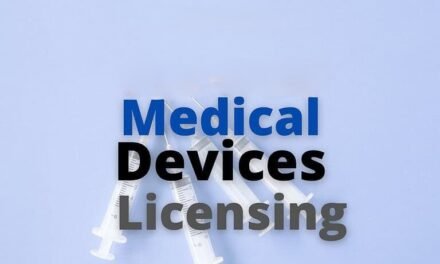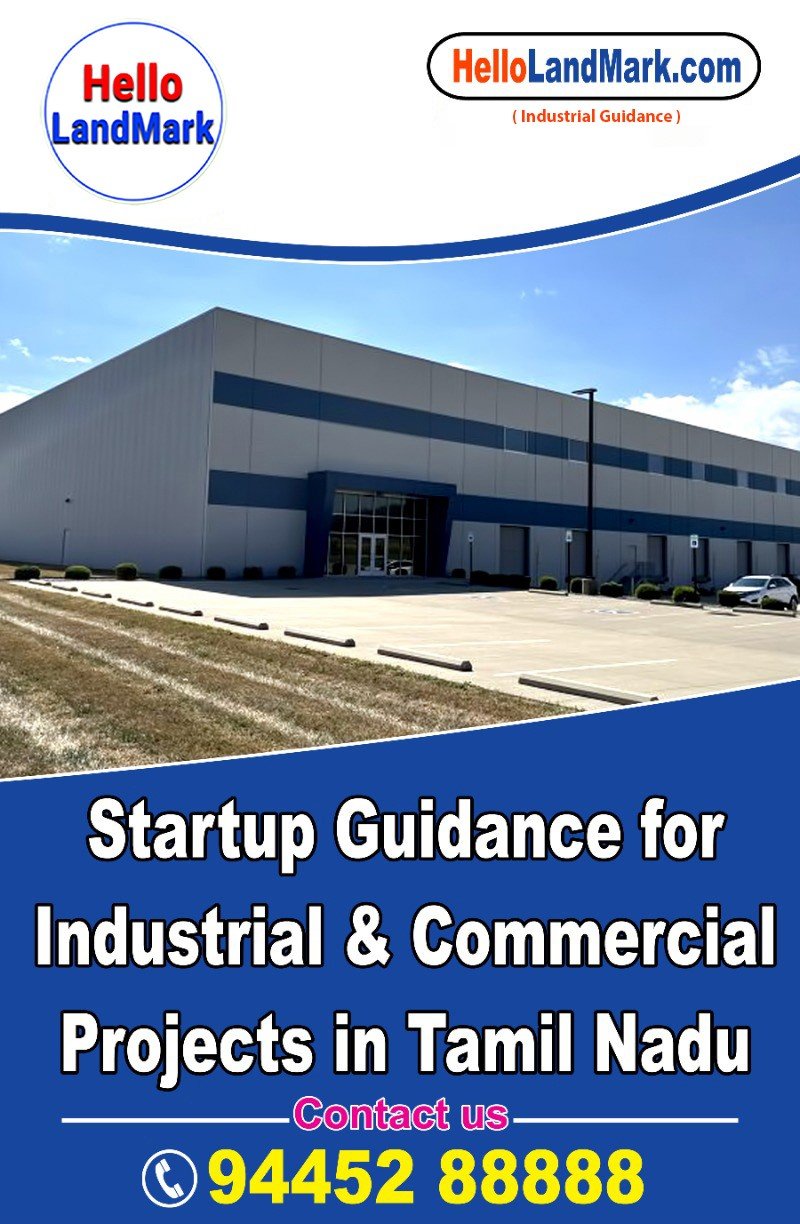
What are the challenges faced by ethylene oxide (ETO/EO) sterilization for medical devices?

Ethylene Oxide (EO) sterilization is a widely used method for sterilizing heat-sensitive medical devices, such as plastics, electronics, and complex instruments that cannot withstand traditional heat or steam methods. Despite its effectiveness, there are several challenges associated with EO sterilization. These challenges can affect its application, efficiency, and safety. Below are some of the key challenges faced by the medical device industry when using EO sterilization:
1. Environmental and Health Concerns:
- Toxicity: EO is a toxic and carcinogenic gas, posing significant health risks to workers involved in the sterilization process. Prolonged exposure to EO can lead to respiratory issues, skin irritation, and other health problems. To mitigate this, strict safety protocols, ventilation, and personal protective equipment (PPE) are required in EO sterilization facilities.
- Environmental Impact: EO is classified as a volatile organic compound (VOC) and is known to contribute to environmental pollution if not properly handled or neutralized. There is concern over its potential role in ozone layer depletion, although newer technologies have reduced this impact.
- Regulatory Compliance: In many regions, there are stringent environmental regulations that govern the use of EO, especially regarding emissions and disposal. Compliance with these regulations requires significant investment in containment, ventilation, and monitoring systems.
2. Long Sterilization Cycle:
- Time-Consuming Process: EO sterilization typically requires a longer cycle time compared to other methods like steam or radiation sterilization. The cycle includes several stages such as pre-conditioning, exposure, aeration, and post-conditioning. The total process can take anywhere from several hours to over a day depending on the size of the load, the material of the devices, and the sterilization cycle settings.
- Delays in Product Availability: The extended cycle time can delay the availability of sterilized devices, leading to production bottlenecks and potential delays in meeting market demand.
3. Residual EO Gas:
- Risk of Residual Gas: One of the most significant challenges in EO sterilization is the presence of residual EO gas on the sterilized medical devices. If not properly aerated, this residual EO can be toxic and potentially harmful to patients, especially for devices that will be implanted or used for invasive procedures.
- Aeration Time: Devices must undergo adequate aeration to ensure that EO residues are eliminated. However, the aeration process can take several hours, and insufficient aeration can lead to health risks. This further extends the time required to prepare medical devices for use.
- Detection and Control: Detecting residual EO and ensuring that the levels fall within the permissible limits (as defined by standards such as ISO 11135) is a critical part of the sterilization process. Manufacturers must implement effective monitoring systems to ensure complete removal of residual gas.
4. Equipment and Facility Maintenance:
- High Costs of Equipment: EO sterilization requires specialized equipment, such as sterilization chambers, gas generators, and aeration units, all of which are expensive to install and maintain. Regular maintenance of this equipment is critical to ensure consistent sterilization efficacy.
- Gas Supply and Control: The management of EO gas supply, including monitoring of pressure, temperature, and concentration during the sterilization process, can be challenging. This requires precise control systems and continuous monitoring to ensure that the sterilization parameters are met.
- Training and Expertise: Proper operation of EO sterilization equipment requires skilled technicians who understand the complexities of the process, the chemistry of EO, and the safety protocols involved. This can increase the cost of labor and training.
5. Compatibility with Certain Materials:
- Material Sensitivity: While EO is ideal for sterilizing heat- and moisture-sensitive materials, it may not be suitable for all types of medical devices. Certain plastics or materials may degrade or change properties when exposed to EO, leading to potential product failure.
- Risk of Embrittlement: Extended exposure to EO gas can cause the embrittlement of certain polymers, reducing the strength and flexibility of plastic materials used in devices like catheters, syringes, and tubing. This could compromise the device’s functionality and safety.
6. Validation and Monitoring:
- Complex Validation: EO sterilization requires thorough validation to ensure that the process is effective, reliable, and consistent. Validation involves monitoring numerous parameters such as temperature, pressure, gas concentration, and exposure time, which can be complex and require expensive equipment.
- Sterilization Load Variability: The configuration and density of the sterilization load can affect the uniformity of EO exposure. Inconsistent loading or overloading the sterilization chamber can result in incomplete sterilization, particularly for complex devices with hollow spaces, small lumens, or packaging.
- Continuous Monitoring: Regular monitoring and testing are required to ensure the sterilization process maintains its efficacy and meets the required Sterility Assurance Level (SAL). This involves routine microbiological testing, chemical indicators, and biological indicators to confirm the sterilization process.
7. Cost:
- High Operating Costs: The equipment, maintenance, safety measures, and gas usage associated with EO sterilization can be expensive. For small and medium-sized enterprises (SMEs), these high costs can be a significant barrier to adopting EO sterilization for medical devices.
- Cost of Compliance: Regulatory compliance, especially regarding environmental standards, can further increase the overall cost of the sterilization process. Ensuring that the facility meets the standards for gas emissions and safety protocols requires continuous investment.
8. Public Perception and Patient Safety:
- Public Concerns: As consumers become more aware of the potential health risks associated with EO, some may question the safety of products sterilized using this method. Public awareness and media reports on the dangers of toxic chemicals can lead to decreased confidence in EO-sterilized products.
- Patient Safety: The ultimate concern is ensuring patient safety. Incomplete sterilization, residual gas, or degradation of medical devices due to EO exposure can negatively impact patient outcomes. Stringent regulatory standards are essential to minimize these risks.
While Ethylene Oxide (EO) sterilization remains an essential and widely used method for sterilizing heat-sensitive medical devices, it comes with several challenges. These include environmental and health concerns, long sterilization cycles, the risk of residual EO gas, high costs, and material compatibility issues. Addressing these challenges requires significant investment in technology, process validation, and safety measures. As the medical device industry grows and evolves, ongoing research into safer, more efficient, and environmentally friendly sterilization methods may help mitigate some of these challenges, providing better solutions for both manufacturers and patients.



























